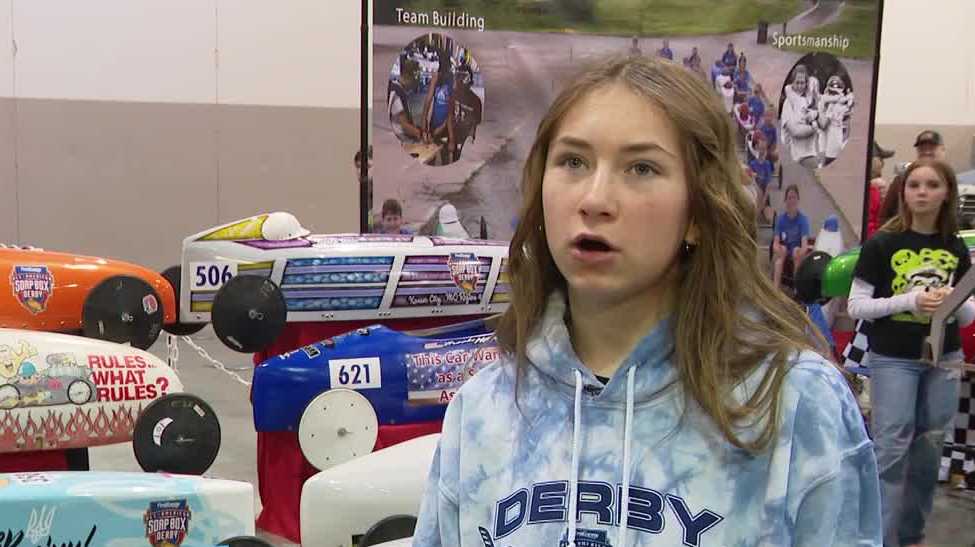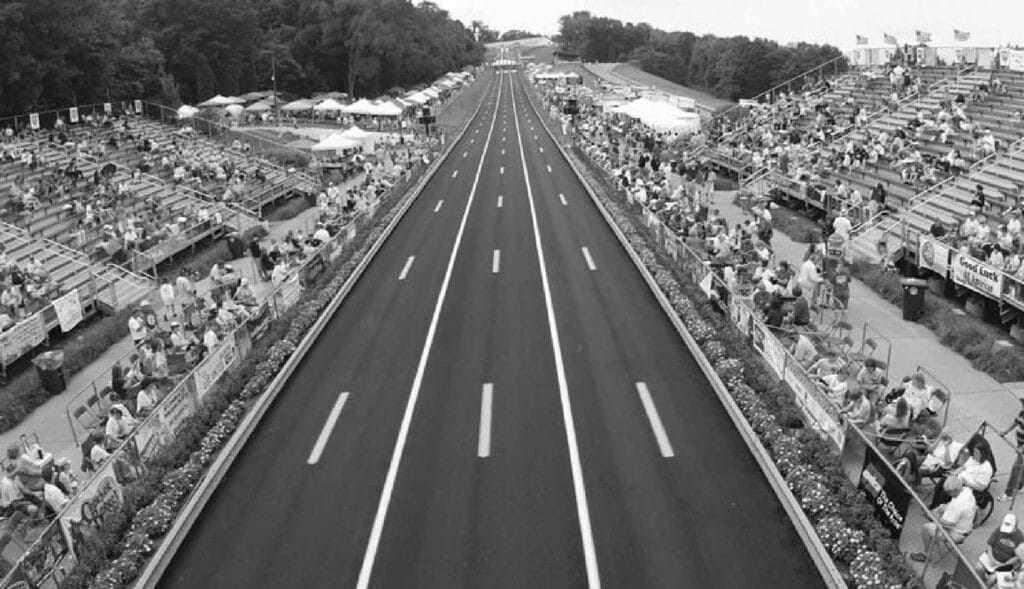
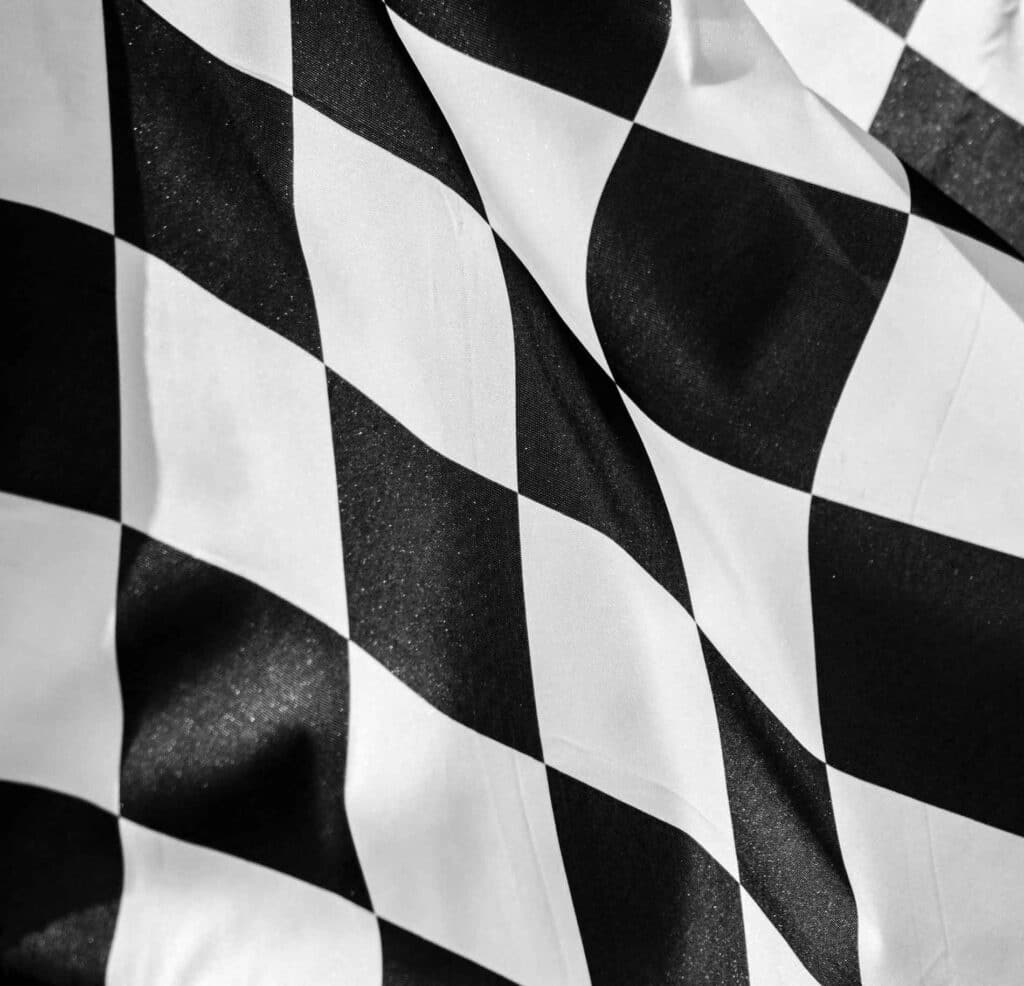
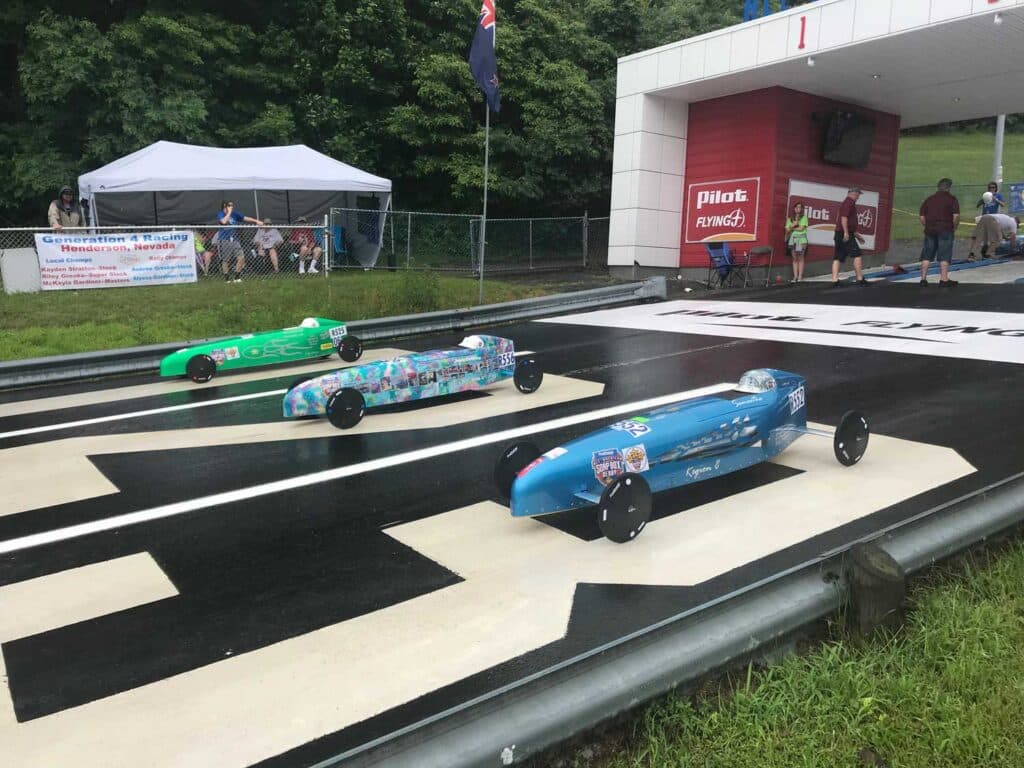
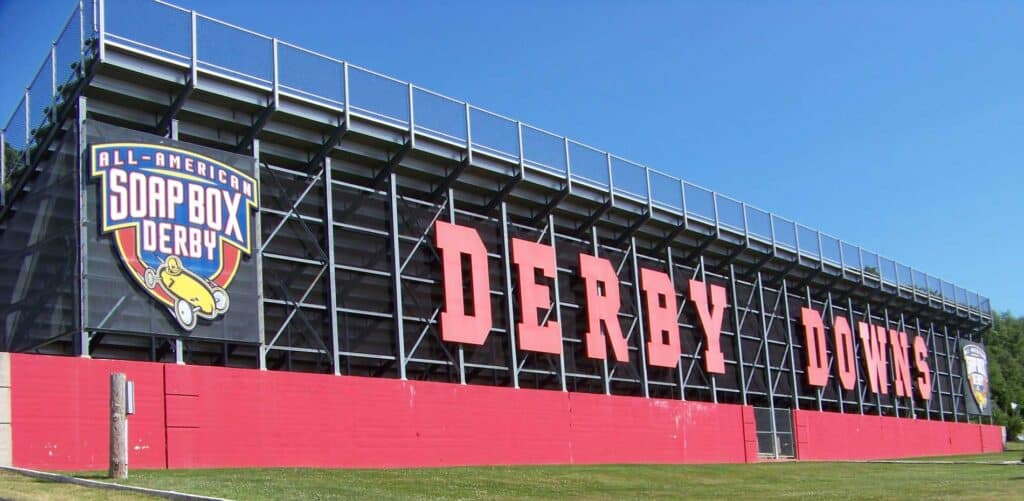
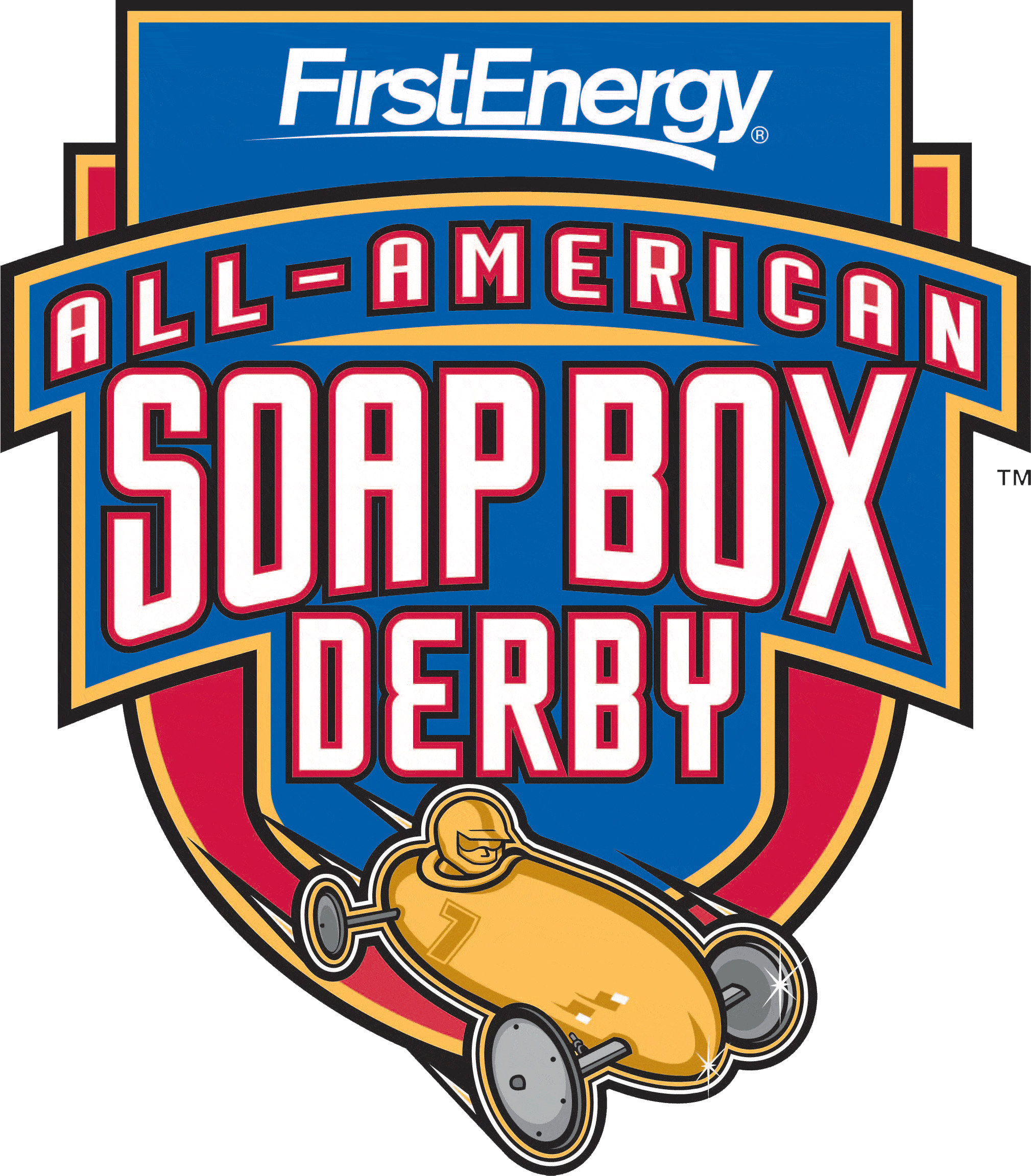
2025 World Championships
The 87th FirstEnergy Soap Box Derby World Championship Race Week
Sunday, July 13-Saturday, July 19
2024-2025 Local & Rally Race
Schedules
Over 80 race cities around the world qualify champs for our annual FirstEnergy All-American Soap Box Derby® World Championship race at Derby Downs in Akron, Ohio.
Latest Updates
Ukrainian-born Omaha Champ raises $100K for home country
Ukrainian-born Dasha Driscoll of Omaha, 14, combines her passion for Soap Box Derby racing with her desire to give back to her home country. As of March 10, she has raised nearly $100,000 for the country where she and her younger brother were born. Watch story here:...
Powered by Gravity, Driven By Stem
The International Soap Box Derby® is a non-profit youth education and leadership development organization. In addition to our renowned Soap Box Derby races, we also provide a variety of STEM programs designed to be hands on for grades 3-12.
The Derby’s Education Program is a fast-growing component of the organization and includes a STEM-Based Curriculum, the Gravity Racing Challenge® STEM Team Competition and a Mini Soap Box Derby program.

Racer
Ready to race? Anyone between the ages of 7 and 20 years of age is eligible to compete in the Soap Box Derby. Find your local race program and select a division to get started!
Volunteer
Be a part of the exciting events happening at Derby Downs! Learn more about Soap Box Derby volunteer opportunities to see how you can get involved.
Committee
Rally Commission, A-Team, Racing Commission, and Regional Directors work year-round to help make our programs around the country and in Akron a success.

